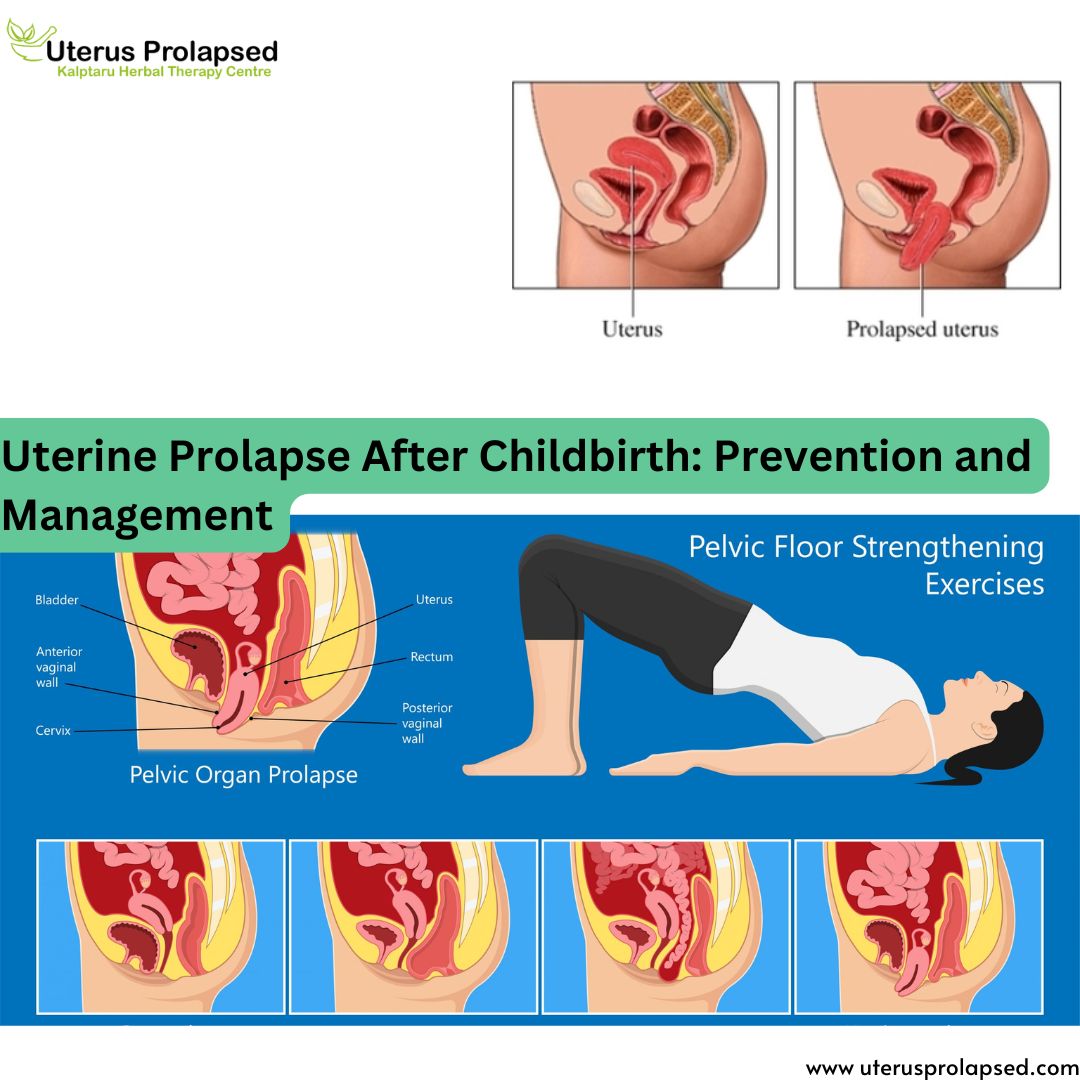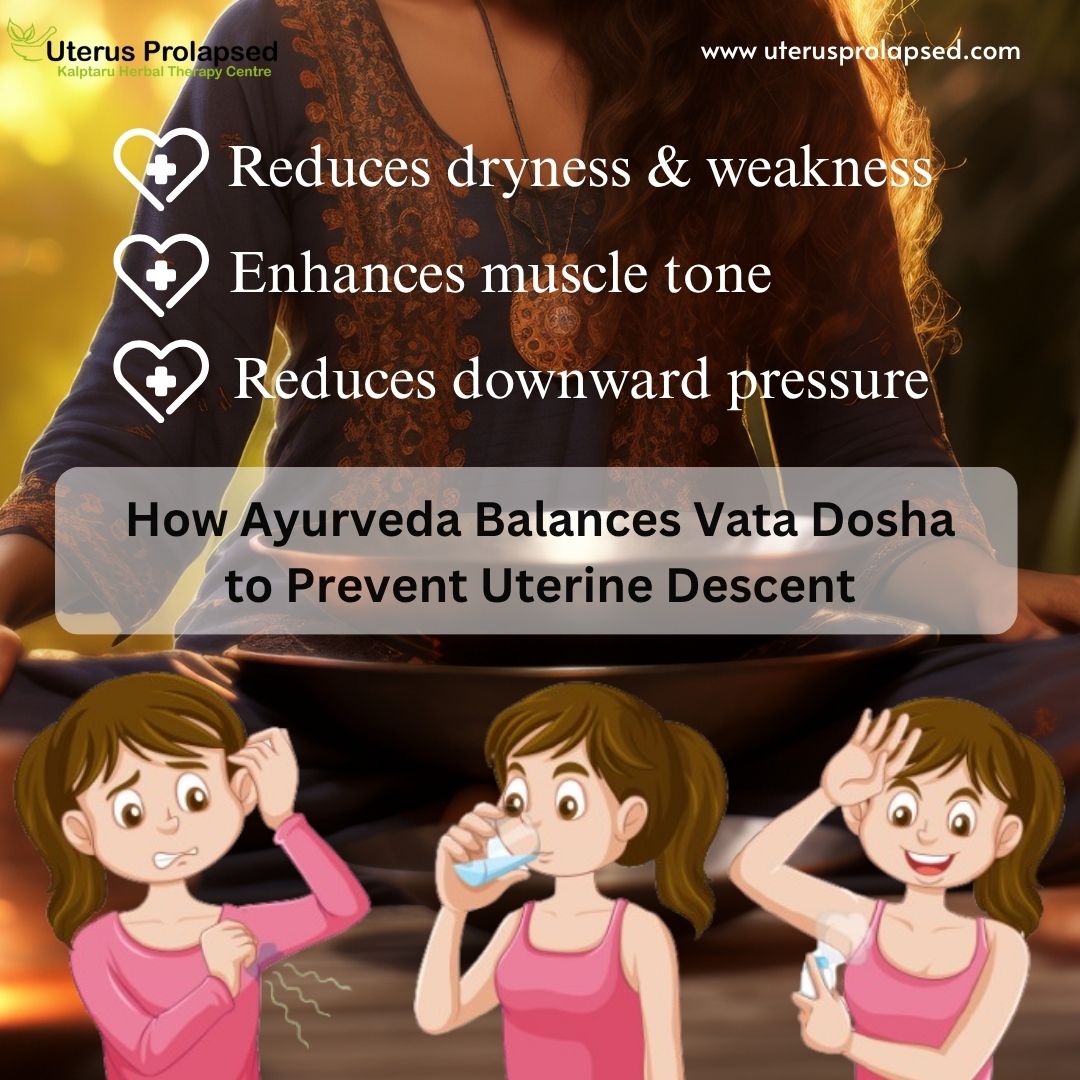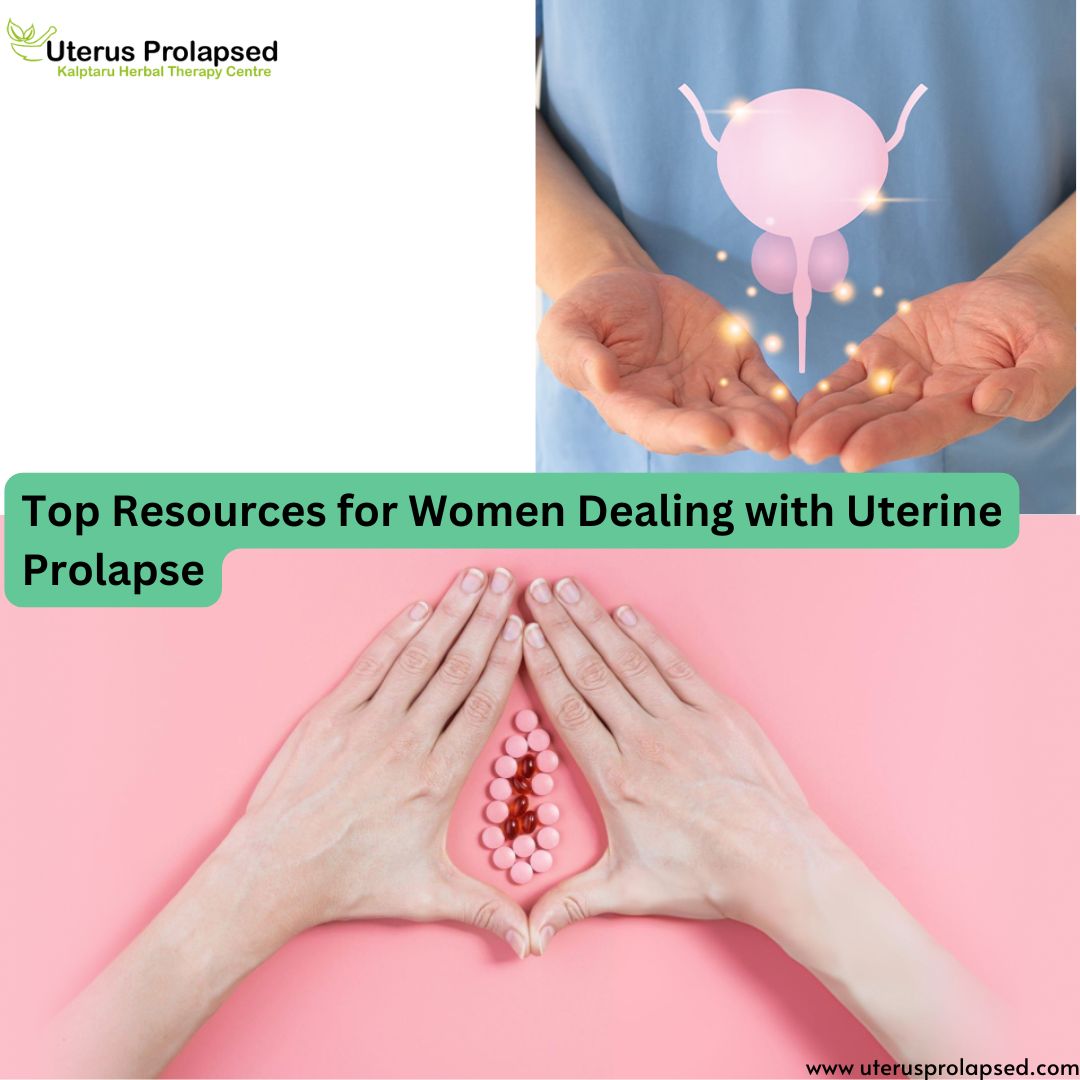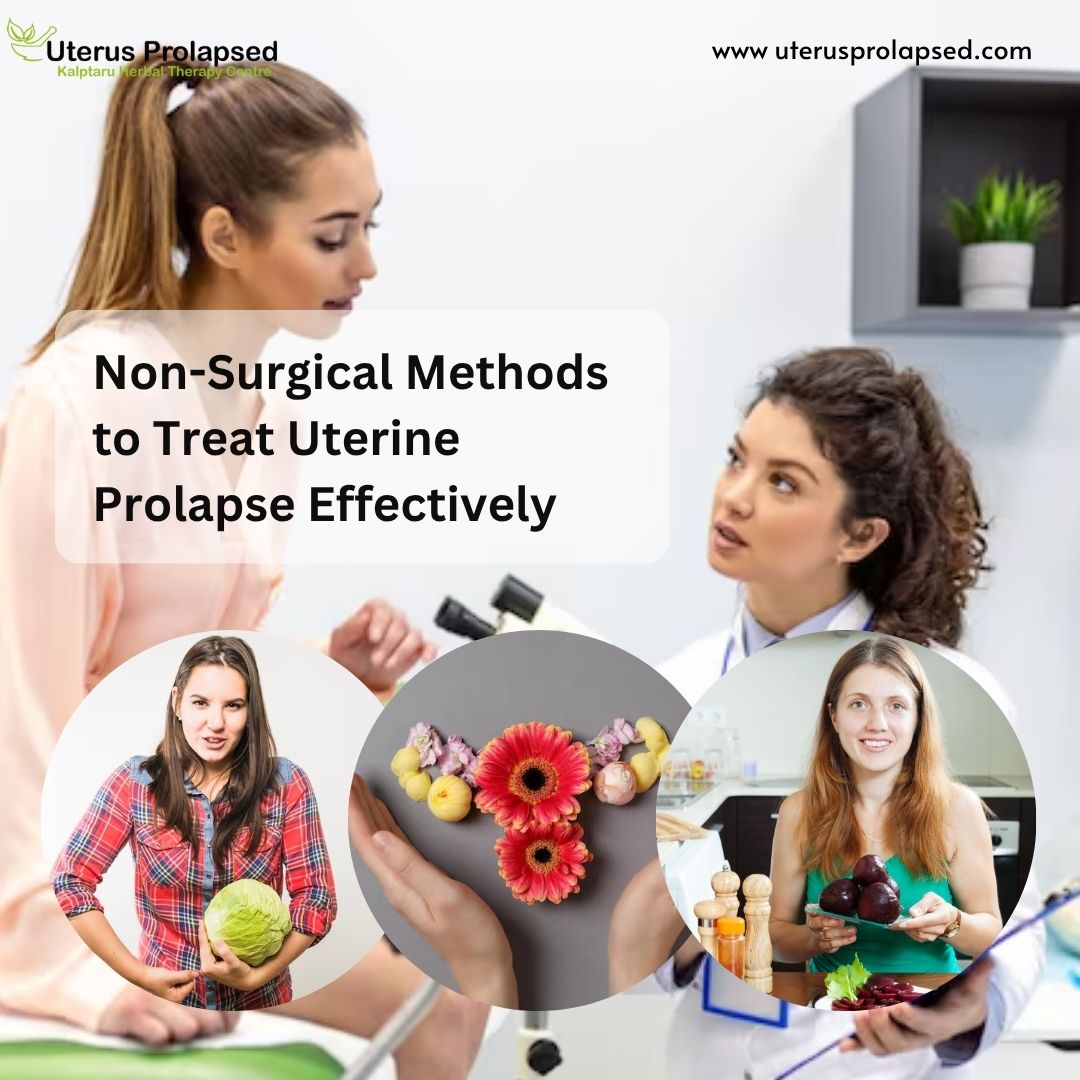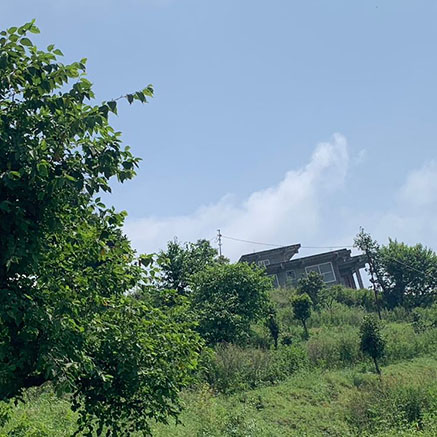After giving birth to a child, you can see many changes happen to a woman’s body. One of such conditions is uterine prolapse. However, several factors contribute to uterine prolapse, but childbirth is the major one. The muscles and tissues that support the pelvic start getting weakened, which results in falling of the uterus into the vaginal area.
If this medical condition is not prevented or managed properly, it leads to discomfort and other health issues. We will provide you with some tips to manage and prevent the uterine prolapse for better health.
Things That Will Help in Prevention
Here are some significant tips to maintain your pelvic region healthy and strong:
- Exercise the Pelvic Floor Regularly: Basic exercises such as Kegels make the muscles strong. Performing them daily can provide good support to your lower organs.
- Don’t Lift Heavy Loads: Lifting heavy loads places additional pressure on the lower belly. Make an effort to request assistance or utilize effective methods if lifting is a necessity.
- Have a Healthy Weight: Excessive weight can put pressure on the body, particularly the lower part. Proper diet and exercise go a long way in maintaining weight in balance.
- Avoid Constipation: Straining to pass stools causes muscles to weaken in the long run. Increase the fiber intake, hydrate well, and exercise regularly.
- Practice Good Care: Sleep well, take your doctor’s suggestions, and exercise while recovering. This will let your body recover and remain strong for a long period.
How To Manage Uterine Prolapse?
Uterine prolapse can be uncomfortable and painful if not treated in time. Initial stages of uterine prolapse can be easily managed by making lifestyle changes and adopting a healthy diet. But if your problem becomes severe, then Ayurveda is the only way to cure it properly. Ayurveda has the potential and use the ancient Indian way of treating diseases.
It has many benefits, including improvement in pelvic health, reduction in inflammation, and stopping the recurrence of the disease. Ayurveda practice for several year in India and isthe only treatment option that has no side effects.




